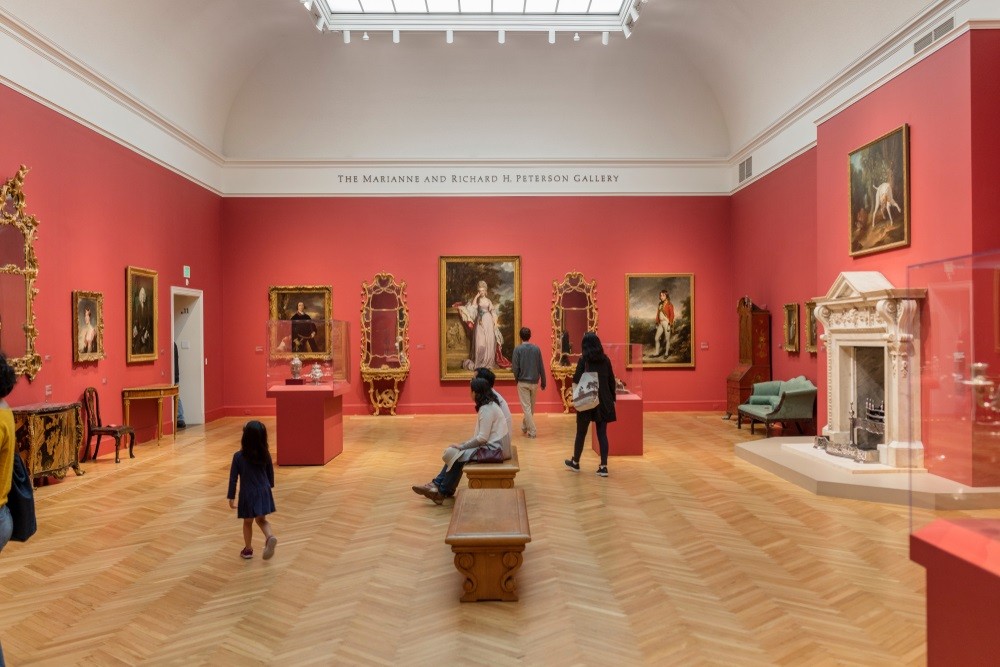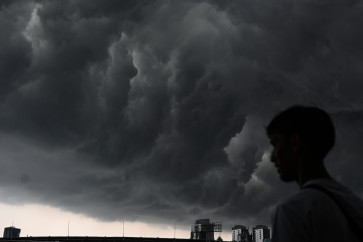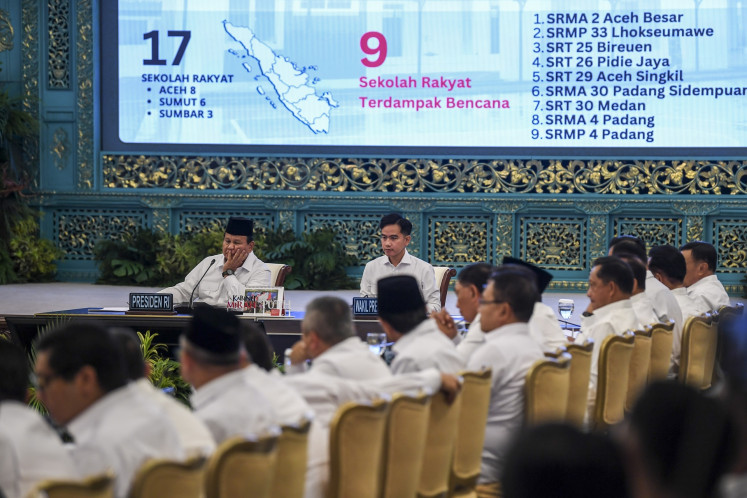Popular Reads
Top Results
Can't find what you're looking for?
View all search resultsPopular Reads
Top Results
Can't find what you're looking for?
View all search resultsNoteworthy art museums named after Indonesian painters
Four acclaimed Indonesian painters have museums built in their names. Ranging from former residences to buildings specifically constructed to accommodate extensive collections, these museums offer a glimpse of the fascinating works of masters that have made compelling contributions to Indonesian art.
Change text size
Gift Premium Articles
to Anyone
F
our acclaimed Indonesian painters have museums built in their names. Ranging from former residences to buildings specifically constructed to accommodate extensive collections, these museums offer a glimpse of the fascinating works of masters that have made compelling contributions to Indonesian art.
Kompas Travel has compiled a list of those museums:
1. S. Sudjojono Center
Located on Jl. Raya Pasar Minggu, Km 18, South Jakarta, this museum was formerly Sudjojono’s residence as well as studio. It also became a place for piano and singing lessons offered by his wife, Rose Pandanwangi.
After he passed away, it was turned into a museum in 1989 and changed its name from S. Sudjojono Museum to S. Sudjojono Center. It houses his paintings and sketches.
Sudjojono has produced paintings, sketches, drawings, reliefs and ceramic works. He insisted on portraying Indonesians in everyday life activities, known as realism, while he was also actively involved in establishing Persagi (Union of Indonesian Painters, 1938) and the SIM (Young Indonesian Artists, 1946), which led to his close association with other leading Indonesian artists, such as Affandi and Hendra Gunawan.
With his extensive knowledge in art, Sudjono, who is referred to as the Father of Modern Indonesian Painting, was also known as a revered art critic in Indonesia.
The museum is open from 9 a.m. to 3 p.m. but closed on Mondays and on national holidays.
Read also: Seven interesting facts about Maritime Museum in Jakarta
2. Ciputra Art Museum Hendra Gunawan
Built by property tycoon Ciputra as part of Ciputra Artpreneur in Ciputra World in South Jakarta, this museum exhibits his large art collection.
According to its official website, the museum provides information and perspectives on the development of Indonesian art from the period of modernism until today, especially relating to Hendra Gunawan, who started in realism, then shifted to expressionism.
In an interview, Ciputra said he had built the museum to share the joy and happiness of Hendra’s art. “I feel a sense of responsibility to pay homage to the heritage of Hendra's art. That's the reason why I decided to develop a shopping mall with an art program, to create opportunities for intersecting experiences in public spaces.”
The museum is open every day from 12 p.m. to 6 p.m. Tickets are Rp 30,000 for the Indonesian public, Rp 50,000 for foreign tourists and Rp 15,000 for students.
The museum’s official website offers a sneak peek of its collection through a virtual tour.
Read also: Works of realism maestro Basoeki Abdullah on display at Jakarta museum
3. Basoeki Abdullah Museum
Filled with paintings and other works of the painter, such as statues, masks, shadow puppets and weaponry, the Basoeki Abdullah Museum is located on Jl. Keuangan Raya No. 19 in West Cilandak, South Jakarta.
Built in 2014, it is situated right beside the painter’s former residence and museum in his name. The painter’s works in realism, which have not been exhibited, can finally be shown to the public, along with paintings from Basoeki Abdullah Art Award winners.
One of his most phenomenal paintings residing in the museum is a replica of a painting of the accession of Dutch Queen Juliana.
Located right in the heart of a residential area, Ministry of Education and Culture Director General of Culture Hilmar Farid insisted that the museum must include activities of art appreciation.
The museum’s website also offers thorough information.
4. Affandi Kusuma Museum
One of the most popular art museums in Indonesia, the Affandi Museum, is located on Jl. Laksda Adisucipto No. 167 in Sleman, Yogyakarta.
Three hundred paintings by Affandi, a master of expressionism, are displayed at the museum, as well as around 700 paintings from fellow painters, including Popo Iskandar, Barli, Hendra Gunawan and Muchtar Apin.
The museum has four galleries and a café. Two galleries house paintings, while the other two are used for painting lessons for children and a painting exhibition of Affandi’s grandson, Didit.
Visitors can see Affandi’s personal items, such as cars, communication devices, bikes and pipes.











